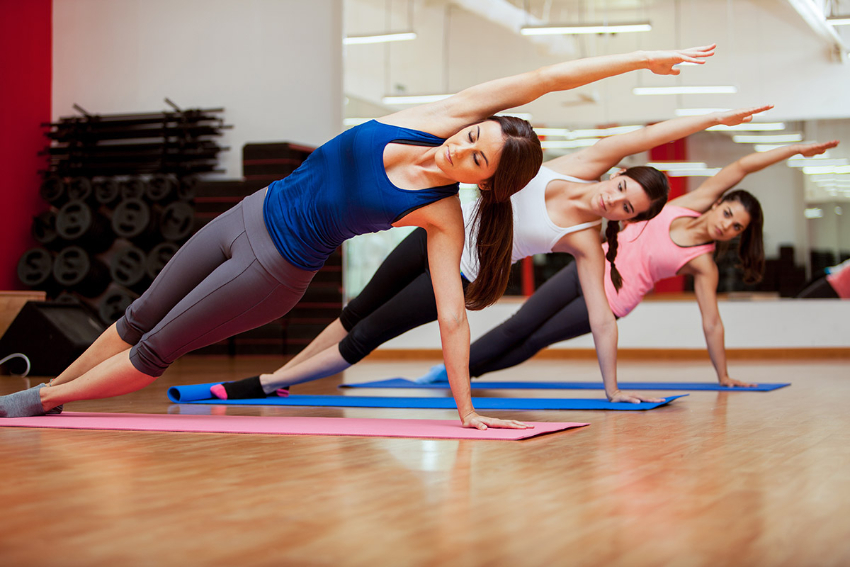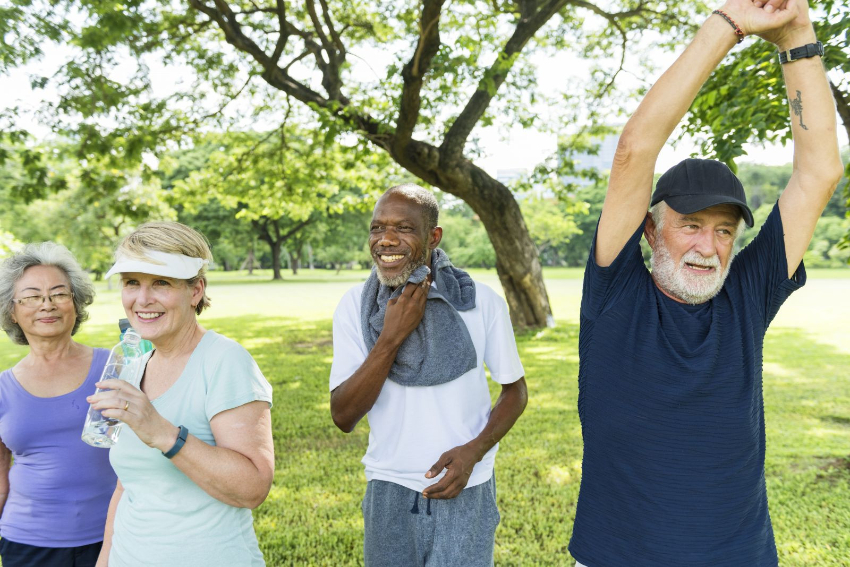
The door of Ch’an is entered by Wu. When we meditate on Wu we ask “What is Wu?” On entering Wu, we experience emptiness; we are not aware of existence, either ours or the world’s.
E-MAIL: admin@relaxmid.com
In today’ s fast life, stress and anxiety can’t be avoided. Many people seek ways to unwind, with physical activity emerging as a powerful tool for relaxation. Exercise is often thought to be good for physical health, but in fact exercise is also key for mental and emotional well being. This article delves into how physical activity promotes relaxation, the science behind it, and actionable strategies to incorporate movement into your life for stress relief.

The body benefits from and has great influence over the mind with physical activity. The relationship between exercise and relaxation is rooted in how movement influences the brain and nervous system.
Physical activity helps lower the body’s top stress hormone, cortisol. One of the things that contribute to anxiety, irritability and tension are elevated cortisol levels. Regular exercise regulates these levels, and helps this mind feel more calm.
Endorphins are sometimes called feel good hormones because they are released when you exercise. These natural chemicals reduce pain and boost mood, creating a sense of euphoria and relaxation.
Regular physical activity steadies your autonomic nervous system by putting the brakes on overactivity on the sympathetic ‘fight or flight’ end of the continuum, where you use way too much of it and encourage overuse of adrenergic stress hormones, and promotes overuse of the parasympathetic ‘rest and digest’ end where you need more of it.
Exercise promotes more profound and restful sleep, a key component of relaxation and recovery. In turn quality sleep provides stress reduction and good overall well being.
Physical activity helps to bring clarity and focus to your day, clear out mental clutter, and help you think less.
The act of completing a workout, or attainment of fitness goals, affects confidence and self esteem, negating feelings of inadequacy and stress.
Exercise is a mental break from daily worries. Running or dancing helps you to think and focus on something other than what you are suffering from.
Activities like yoga and tai chi promote awareness of the body and breath, fostering a deep sense of inner peace and relaxation.
Not all exercises have the same effect on relaxation. Some are better suited for stress relief and calming the mind.
Cardio workouts like running, cycling, and swimming elevate the heart rate and boost endorphin levels, creating a “runner’s high” that promotes relaxation.
If you’re lifting weights or doing bodyweight exercises, it can release pent up tension and improve your mental resilience.
Mind-Body Practices
Movement infused with mindful breathing found in yoga, tai chi and Pilates soothe the nervous system and reduce anxiety.
If you do not want to over exert, they say walking, gardening or gentle stretches can be a relaxing way to stay active.
Group activities are one way to make exercising social, and further, as a way to help relieve emotional stress with connection and support.
Regular exercise is a challenge, because many don’t have the time or motivation for it. Here are some practical tips to make physical activity a part of your daily life:
Start with easy things like a 10 minute walk or stretching session. As you get more consistent the focus should be to gradually increase intensity and duration.
Whatever it is, engage in exercises you love, like dancing, hiking or playing a sport. Sticking to the routine becomes more likely when things become fun.
Find specific times to do physical activity. Take a non-negotiable booking in your calendar.
Try parking farther away from your destination, or squats while watching TV, you get the point.
If you want to combine physical activity with mindfulness practices, like during yoga you can focus on your breath or on a walk in nature, just be present; then you can use any physical activity as a potential moment for increasing mindfulness.
Physical activity can be even more effective for relaxation when paired with mindfulness or intentional breathing. Here’s how to enhance the calming effects of your workouts:
Pay attention to how your feet strike the ground, and to how the body feels as you walk. Pay attention to the looks, sounds and smells around you.
Commit these poses like Child’s pose or Savasana to your yoga routine to give the body and mind a little rest.
Both strength training or cardio can help to calm your nervous system with controlled breathing. For instance, breathe deeply through the nose and breathe slowly out through the mouth.
End your workout with gentle stretches to release tension and promote relaxation.

Many individuals have experienced profound relaxation and stress relief through regular physical activity. For example:
Solution: Or choose short, high intensity workouts or move your body throughout the day.
Solution: The people to hold you accountable are all of those around you and there are ways to do that: find an accountability partner or join a class with a friend.
Solution: Pick low impact activities that your body can take up easily e.g. swimming or chair yoga.
Physical activity is a powerful ally in the quest for relaxation and stress relief. Knowing its physiological and psychological benefits, you can use exercise to help calm the mind, improve mood and feel better overall.
Whether you’re someone who likes a brisk walk, who likes a yoga class, or loves a good group fitness class, it’s critically important to find movement that resonates. Start small, stay consistent, and embrace the transformative power of physical activity to cultivate relaxation and balance in your life.
